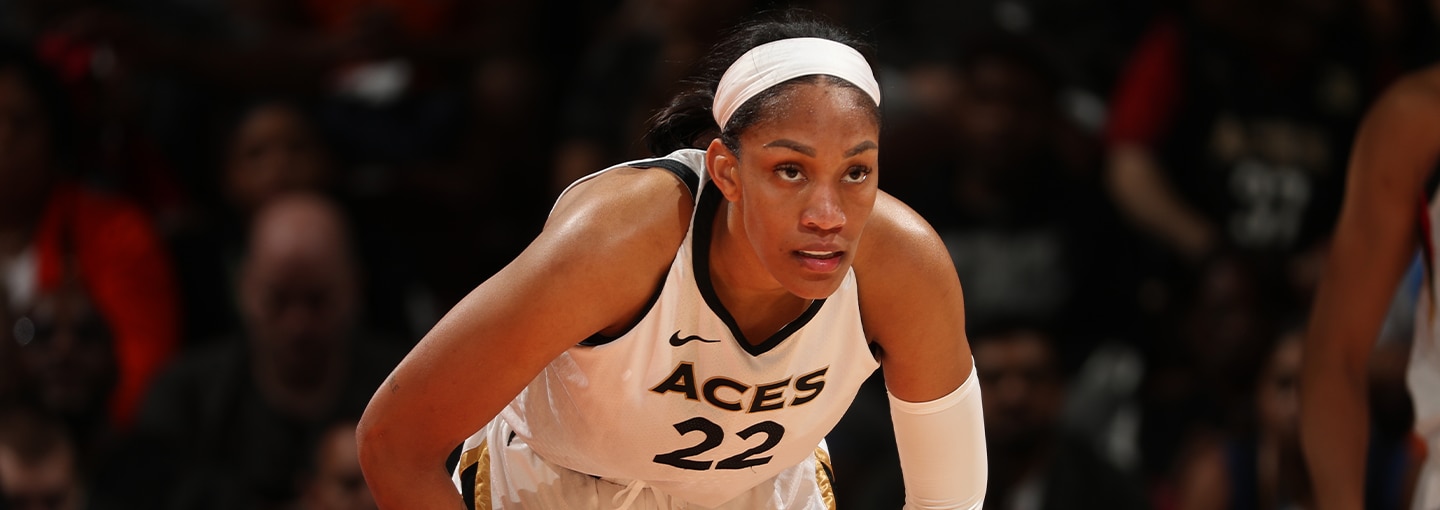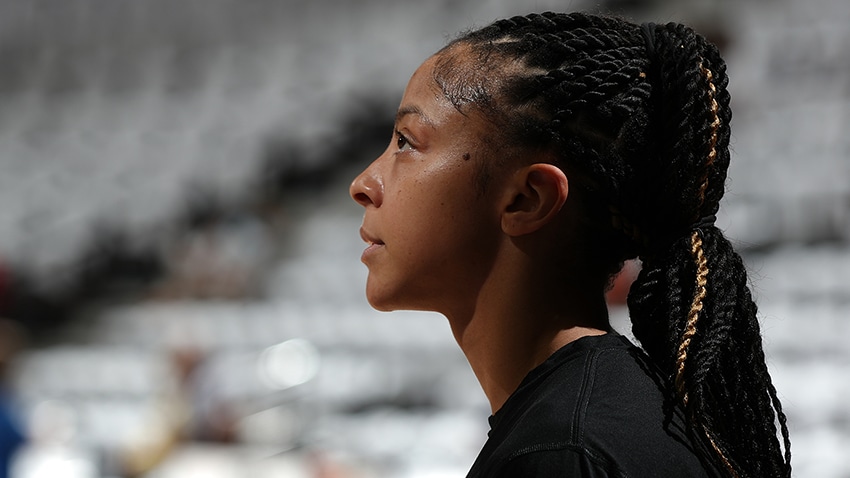Fantasy WNBA: How to Play Fantasy Women's Basketball

It’s almost that time again!
After an exciting debut last year, Fantasy Women’s Basketball is back for its sophomore season. The WNBA campaign is ramping up and that means it’s time to get ready for the fantasy game.
As a quick review, this is a points, head-to-head format that crowns a champion in an end-of-season playoffs.
Here is the scoring system for the game:
Point = 1 Fantasy Point (FP)
Rebound = 1 FP
Assist = 1 FP
Made 3-pointer = 1 FP
Steal = 2 FP
Block = 2 FP
For example, A’Ja Wilson was the only player in the league to finish top-5 in both points and blocked shots last season. Her 19.5 PPG, 9.4 RPG, 2.1 APG, 1.9 BPG, 1.4 SPG and 0.9 3PG were worth 19.5 + 9.4 + 2.1 + 3.8 + 2.8 + 0.9 = 38.5 FP/G.
Meanwhile, Breanna Stewart led the league in scoring and was top-5 in steals. Her 21.8 PPG, 7.6 RPG, 2.9 APG, 1.6 SPG, 0.9 BPG and 2.0 3PG were worth 21.8 + 7.6 + 2.9 + 3.2 + 1.8 + 2.0 = 39.3 FP/G.
And Sabrina Ionescu checked in as the only player in the top-5 in both total assists and total 3-pointers made. Her 17.4 PPG, 7.1 RPG, 6.3 APG, 1.1 SPG, 0.3 BPG and 2.3 3PG were worth 35.9 FP/G.
At the end of the day, WNBA stars will be among the elite fantasy scorers, regardless of their production style. There is also room for lower-volume players to shine if they contribute significantly in the more difficult to garner categories. This includes the glue players that control the paint, defensive anchors and long-range shooters.
Here’s a rundown of everything to get you ready for the Fantasy Women’s Basketball season.
The basics: What you need to know
The WNBA season is increasing to a record 40 games this season (up from 36 last season and 32 games in 2021), and runs from May 19 to Sept. 10. There will typically be two to three games per week, yielding plenty of exhilarating action during the summer months.
You’ll start six players: two forwards, two guards, one center and one utility that can be any position.
Each week, every fantasy team goes head-to-head against one other team, and the one that accumulates the most fantasy points gets a win while the other team gets a loss. The teams with the best win-loss records advance to the fantasy playoffs and face one another to determine a champion.
The draft: How to pick your team
The most important — and for many, the most fun — part of putting together a fantasy team is the draft. Snake drafts and Salary Cap drafts are the most popular of the four methods available, but choose the one that works best for you:
Snake: Players are chosen in a set order in the first round and then the draft order is reversed for each round thereafter. (Example: 1, 2, 3, 4, 5, 6 then 6, 5, 4, 3, 2, 1).
Salary Cap: Team managers use a fictional budget to nominate and sign players until their roster is filled. Suggested values are listed in the draft room, with $1 being the minimum.
Autopick: The system automatically drafts players to each team in the league on a scheduled draft date so team managers don’t have to be online during the draft.
The game plan: How to win your league
Being a successful team manager means taking an active role in running your team throughout the WNBA season.
At a minimum, that means:
- making adjustments to your starting lineup from the start of the season until the end
- adding free agents who can help your team and cutting players who are ineffective
- moving injured players to the Injured Reserve to open up an available roster spot that can be filled
Good luck this season and have a blast! Be sure to check back throughout the WNBA season for plenty of analysis to help you build a championship roster.
Sign up HERE to play ESPN Fantasy Women’s Basketball!







